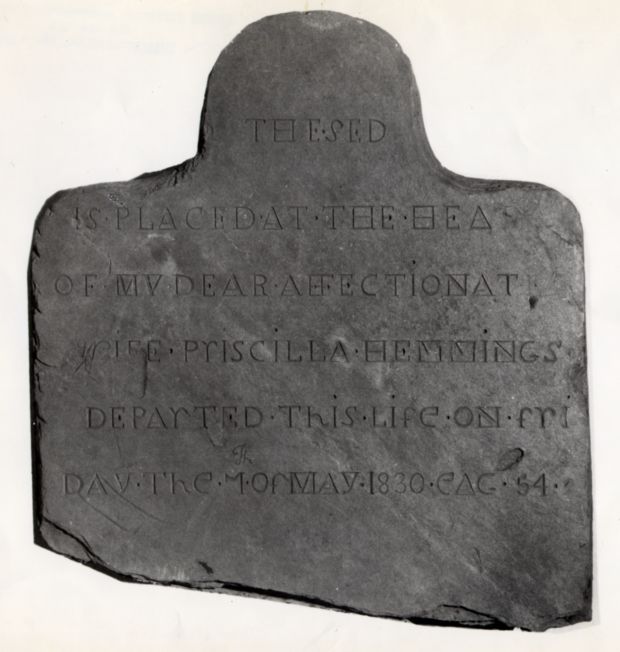John Hemmings, an enslaved craftsman
Reading Level: Middle School
John Hemmings was Betty Hemings's youngest son, a talented enslaved woodworker and slave. He lived at Monticello with his mother, brother and sisters. At fourteen John worked as an “out-carpenter”, chopping down trees to use for firewood and building materials. He helped build fences, barns, and the slave cabins on Mulberry Row.
At seventeen John began working with white woodworkers hired by Thomas Jefferson to work on Monticello. He became a joiner, skillful in making "anything that was wanted in woodwork." He crafted wheels, decorative woodwork, bookshelves and plow frames. He repaired threshing machines and spinning jennies. Soon he took charge of the Mulberry Row joinery. He was described as “a first-rate workman—a very extra workman.”
He also learned cabinetry and crafted bedsteads, writing desks and dressing tables. Several of John’s pieces of furniture are at Monticello today.
John Hemmings had a long and close relationship with Thomas Jefferson. He wrote letters to Jefferson, detailing his work at Poplar Forest, one of Jefferson’s plantations. He was one of the few slaves at Monticello who received a yearly payment of twenty dollars for his work. He was even allowed to choose his own clothing from a store.
John Hemmings also had a close relationship with Jefferson’s grandchildren who called him “Daddy.” He was especially fond of Septimia Randolph, Jefferson’s youngest granddaughter.
When Thomas Jefferson died in 1826, John Hemmings was freed by Jefferson’s will. He was given his woodworking tools, a log house, and an acre of land. John’s wife Priscilla died in 1830. By then, Monticello had been sold. John’s health was poor and he mourned the death of his wife and his master. There are no records of his death.



